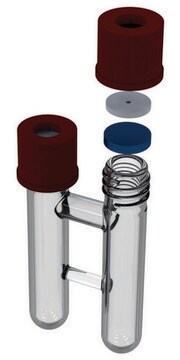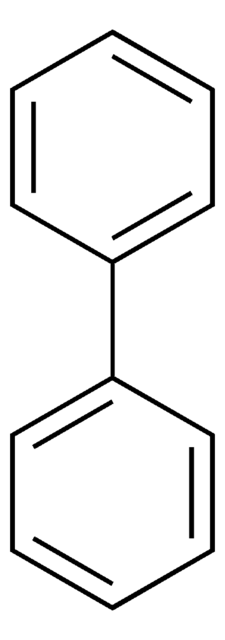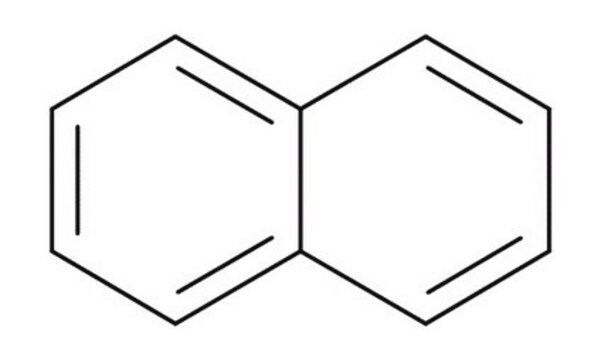추천 제품
Grade
analytical standard
vapor density
4.4 (vs air)
vapor pressure
0.03 mmHg ( 25 °C)
autoignition temp.
978 °F
유통기한
limited shelf life, expiry date on the label
expl. lim.
5.9 %
bp
218 °C (lit.)
mp
79-81 °C (±0.3°C)
80-82 °C (lit.)
응용 분야
food and beverages
pharmaceutical
SMILES string
c1ccc2ccccc2c1
InChI
1S/C10H8/c1-2-6-10-8-4-3-7-9(10)5-1/h1-8H
InChI key
UFWIBTONFRDIAS-UHFFFAOYSA-N
유사한 제품을 찾으십니까? 방문 제품 비교 안내
일반 설명
애플리케이션
Additionally, this mp standard is also used as a temperature calibration standard in thermal studies.
특징 및 장점
- Melting point calibration standard traceable to primary standards (LGC, London)
- Grade: Analytical Standard
- Standard deviation up to ± 0.3 °C
- Provided with certificates of analysis and safety data sheet
신호어
Warning
유해 및 위험 성명서
Hazard Classifications
Acute Tox. 4 Oral - Aquatic Acute 1 - Aquatic Chronic 1 - Carc. 2 - Flam. Sol. 2
Storage Class Code
4.1B - Flammable solid hazardous materials
WGK
WGK 3
Flash Point (°F)
173.3 °F - closed cup
Flash Point (°C)
78.5 °C - closed cup
개인 보호 장비
Eyeshields, Faceshields, Gloves, type P3 (EN 143) respirator cartridges
이미 열람한 고객
프로토콜
US EPA Method 8270 (PAH only): GC Analysis of PAHs on SLB®-5ms
US EPA Method 610 describes the analysis of polynuclear aromatic hydrocarbons (commonly referred to as PAHs or PNAs) by both HPLC and GC.
HPLC Analysis of PAHs on SUPELCOSIL™ LC-PAH
-Xylene; Nonane; Decane; 1,2,4-Trimethylbenzene; Butylcyclohexane; Naphthalene
자사의 과학자팀은 생명 과학, 재료 과학, 화학 합성, 크로마토그래피, 분석 및 기타 많은 영역을 포함한 모든 과학 분야에 경험이 있습니다..
고객지원팀으로 연락바랍니다.












